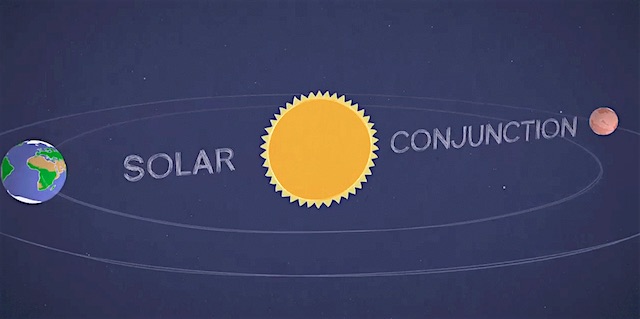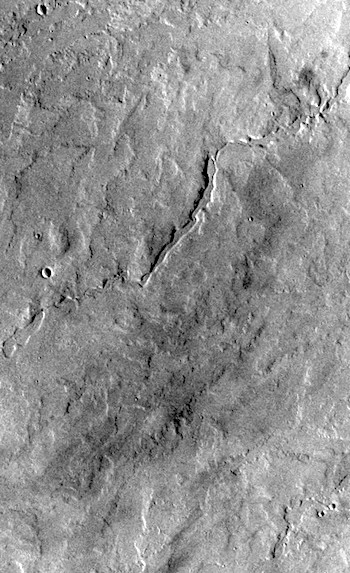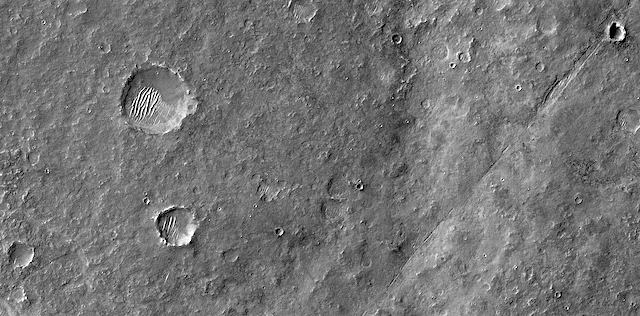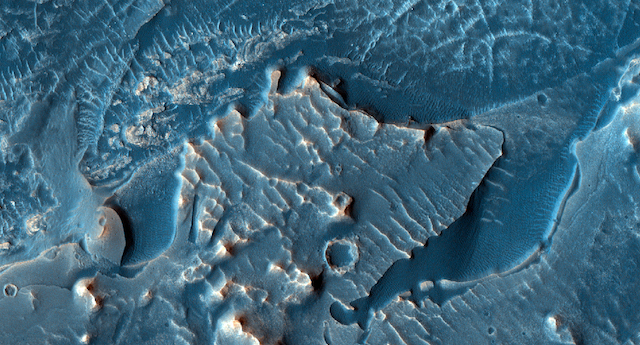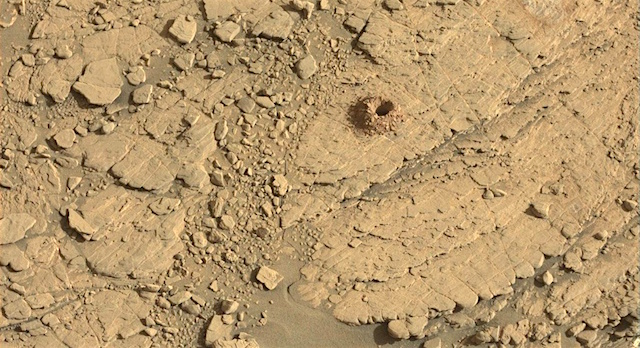 Sols 2506-08, August 23, 2019, update by MSL scientist Michelle Minitti: Today was the final opportunity to actively command Curiosity before the Sun comes between us and Mars. Most of the instruments are safely stored for the solar conjunction break, but intrepid Navcam was available for some last-minute science observations. Navcam will measure the amount of dust in the atmosphere, look for dust devils, and look for clouds in a series of images and movies on Sol 2506. After that, the remote sensing mast will turn its gaze down toward the workspace to guard against dust accumulation on the mast instruments.
Sols 2506-08, August 23, 2019, update by MSL scientist Michelle Minitti: Today was the final opportunity to actively command Curiosity before the Sun comes between us and Mars. Most of the instruments are safely stored for the solar conjunction break, but intrepid Navcam was available for some last-minute science observations. Navcam will measure the amount of dust in the atmosphere, look for dust devils, and look for clouds in a series of images and movies on Sol 2506. After that, the remote sensing mast will turn its gaze down toward the workspace to guard against dust accumulation on the mast instruments.
While Curiosity will not receive commands from Earth during solar conjunction, she has already been loaded with a series of commands to keep her systematically gathering data for the next two weeks. REMS and RAD will acquire multiple measurements each sol, DAN will acquire one long passive measurement each sol, and Navcam and the front and rear Hazcams will each acquire one image per day. The mast’s downward-looking view includes the “Glen Etive” drill hole, allowing Navcam to monitor any changes in the cuttings around the drill hole… [More at link, including links to MSL science team papers here (PDF) and here]









